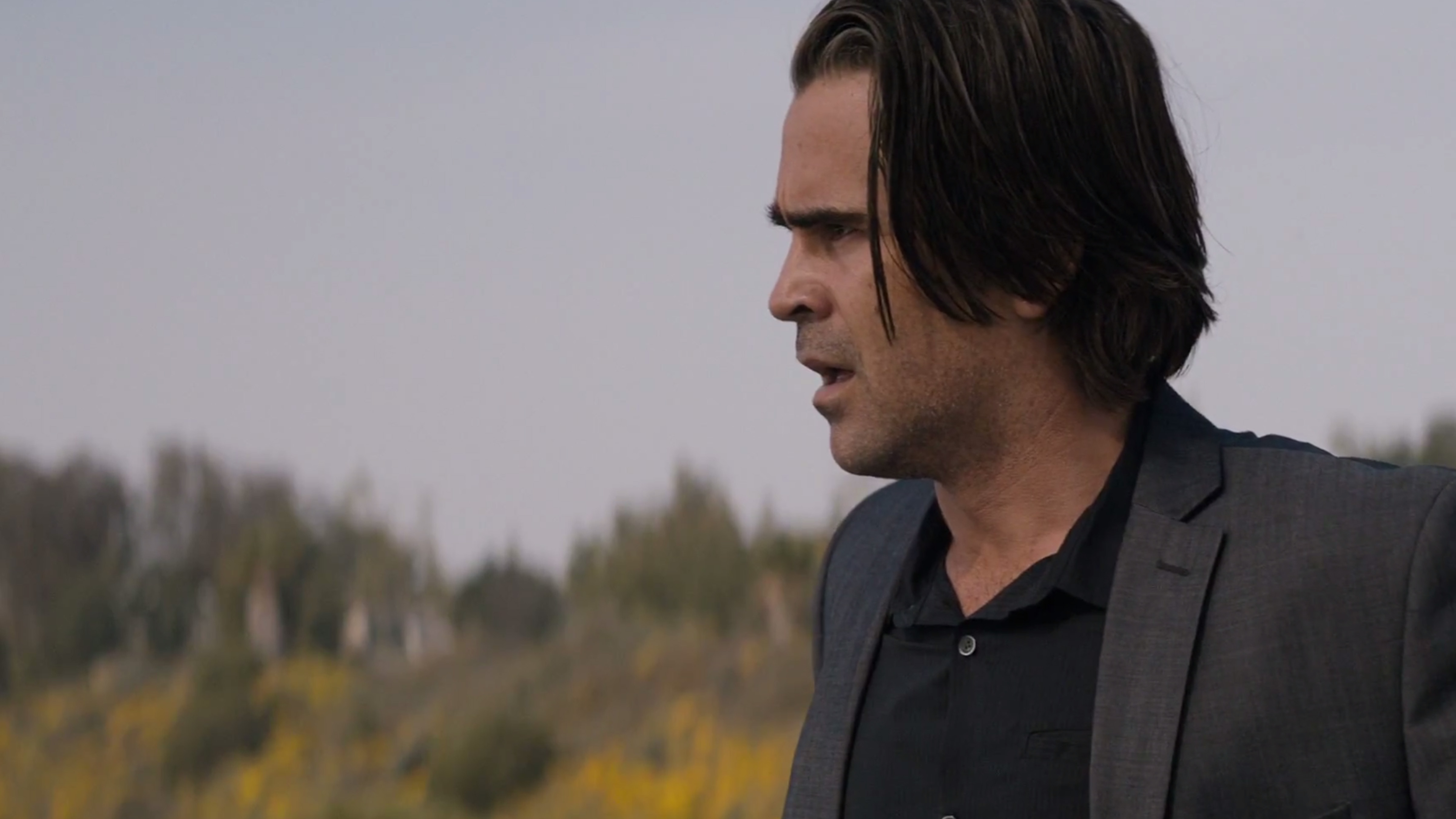“It’s never too late to start over again,” Bezzerides tells Velcoro two-thirds of the way through “Other Lives.” But is she right? That’s the central question being asked by season two of True Detective, and the point is driven home throughout the season’s fifth episode. The Semyons have moved out to Glendale and are considering adoption. Woodrugh and Emily are making plans for their own baby. Gena carries out her threat to challenge Velcoro’s paternity, thus allowing her to start a new life. “I don’t want to live this fantasy about Chad with you anymore,” she tells him. “He should have the truth when he’s ready.” Only Bezzerides seems stuck in our pre-shootout world, marooned as she is in the half-hell of the evidence room.
It should be obvious that nobody gets out of this world alive, so to speak. If, as Velcoro says early in this season, we get the world we deserve, then there’s no way for any of these characters—except maybe for Gena, who doesn’t deserve what she’s getting here—to escape the horrors of the lives they’ve found themselves living. True Detective is not as interested in the question of whether this is just—whether Velcoro should be defined by his crooked policework or his attempts to redeem himself from the consequences of that work, say—nearly as much as it’s invested in the idea’s truth. In other words, the universe of this season of True Detective is fixed, set, forever inalterable.
But if these are the rules that Nic Pizzolatto expects his characters to have to live by, then they should be the rule that the show lives by, too. “Other Lives” is, before anything else, a reboot. With the investigation shut down following the massacre at the end of “Down Will Come,” the world of Southern California seems to have moved on. The attorney general in charge of prosecuting the Caspere case is now running for governor. Velcoro is working security—er, “consulting”—for Semyon. Woodrugh is off the street. Bezzerides is sitting through sexual harassment seminars. Case, presumably, closed. It’s not surprising when the old gang comes back together at the behest of an official who thinks the Caspere case smelled fishy. But there’s something jarring about such a short series starting all over with three episodes left.
By reuniting our former detectives in their new, non-official roles, True Detective is attempting to fundamentally change its identity. Sure, Bezzerides, Velcoro, and Woodrugh were all to a certain degree flawed, and all were working outside of the system; we could be generous and say that Pizzolatto is being honest about who these characters really are and what their relationship is to the official law-enforcement strictures of Southern California—and that, what’s more, it takes outside force to sniff out and correct a corrupt system. And perhaps all of that would be true. But the narrative of season two has struggled to find its footing, and this feels like an attempt to make an entirely new kind of show.
Of course, what we get ends up being more of the same, in part because this second half of the season can’t escape from the precedents set by the first four episodes. All of which might be a neat thematic trick if we’d been more invested in the show’s identity as it was formed by those early episodes. As it is, we’ve barely been asked to care about any of these characters, which makes it difficult to care about the show as a whole.
Despite all of that, “Other Lives” does manage a few sublime moments—and, unsurprisingly, they mostly come courtesy of the character who has most attempted to engage with life outside of the case. Velcoro slowly, steadily cracks up as he realizes that Semyon never took care of the man who raped Gena. Director John W. Crowley doesn’t let the camera look away, and Colin Farrell carries the scene beautifully as the realization that he’s wasted his life in a mobster’s debt blooms across his face.
With only three episodes remaining, it might be too late for True Detective to get us to worry about Woodrugh’s future with Emily, or to show us anything from Bezzerides beyond her inability to engage with her past. Maybe Velcoro and Semyon were the show all along, whether Pizzolatto and his team of directors knew it or not. Or maybe the expectations—and the ambitions that they bred—that have been weighing on this season have finally crushed it. Whatever happens in the next three episodes, the show won’t be able to escape the failings of its first half. Whether or not that’s what it deserves is another question. FL







